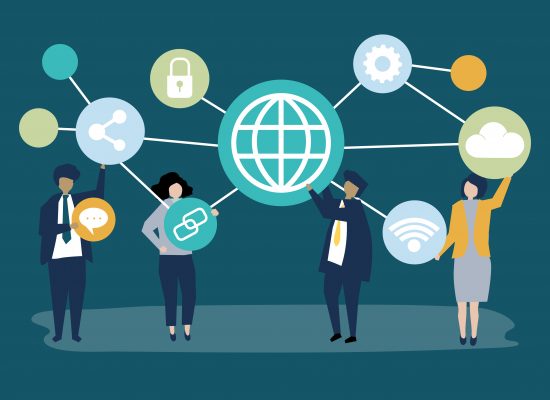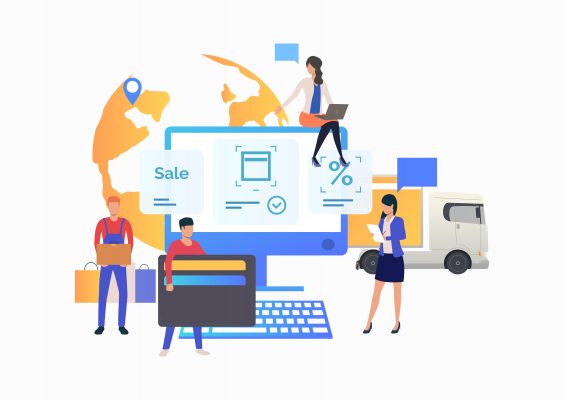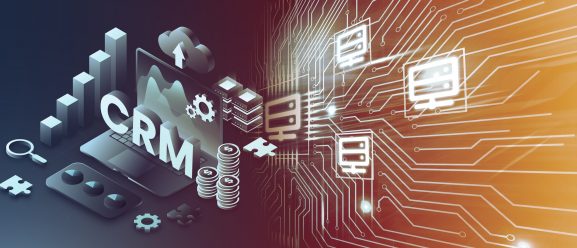Creating high quality business proposals is an issue modern day businesses encounter regularly. Primarily because they can be time-consuming and complex. Businesses often struggle with inefficiencies, inconsistent formats, and a lack of personalization.
Thankfully, just using two tools can help resolve this issue. By combining SuiteCRM with ChatGPT, you can streamline and enhance your proposal workflow. Keep reading so you can learn how to supercharge your proposal generation process.
Step 1: Standardize Your Proposal Structure
The question remains, why is a standardized proposal important for a business? A standardized structure ensures content consistency, helping writers meet deadlines. Not only does it improve the quality of your content but it increases your team's production.
A typical proposal begins with the executive summary. The summary gives readers an overview of the document. Next comes the problem statement.
After that comes the solution, where you'll explain to the client how you'll address the issue. Once all the details are out of the way, it's time for the cost breakdown. Then in the end, you have all the terms and conditions of the contract.
With the structure in place, you can proceed to creating a template within SuiteCRM. Start off by defining key fields of the proposal according to your structure. You can then build the template in the respective SuiteCRM module.
Make sure you incorporate the company branding and imagery into your template.
Step 2: Preparing and Exporting Data from SuiteCRM
Preparing and exporting the data from SuiteCRM requires a step-by-step approach. Here's what you need to know:
Step 1: Extract all the necessary data
Step 2: Clean and format the data to make it easier to use
Step 3: Convert the data into a CSV with defined fields
Step 4: Use SuiteCRM's export module to get all the data you need
Step 3: Training ChatGPT with Proposal Data
To get the best results, you need to train ChatGPT with your data. By using the correct prompts, you can direct the output to meet your requirements. A trained GPT model will be able to use data to understand the client's requirements. The end goal is to generate proposal content that is contextually consistent.
The process of feeding data into the model is a crucial step in this customization. You might have a lot of data, but it won't be effective if it's not structured and compatible with ChatGPT. That's where model training comes into the equation.
The process involves changing the model’s settings and rules to help find patterns and connections in the data.
OpenAI has made it easy to create custom GPTs with their new service. Paid users can now build their own GPTs right on the OpenAI platform. It’s a no-code solution, so you don’t need to be a programmer to get started.
To create a custom GPT, go to the "Create GPT" page and select the option on the user interface. In the description, you just need to explain what the GPT should do. For example, you could say you want it to act like a software engineer who checks the quality of your code.
After setting up the basics, you can move on to more advanced features. You can add extra instructions, provide example prompts, or upload a knowledge base. This helps your GPT give more accurate answers and perform the way you need it to.
It’s a simple and powerful way to create a GPT that works just for you!
Fine-tuning is an important step in training a GPT. It means making small adjustments to the GPT after it has already learned from general data.
This process helps the GPT create results that are specific to the task you need. For example, it can generate business proposals, reports, or give personalized recommendations.
By feeding the right data and fine-tuning its output, you can get the best results.
Step 4: Generating Proposals with Ease
Prompt engineering means creating clear instructions to help ChatGPT give the right answers.
A good prompt makes sure the GPT understands the context and gives the output you need. For example, if you include a client’s details, it'll improve the output.
Adding these details helps the GPT know exactly what to include and how to organize its response.
Once a prompt is ready, it's paired with the right data and sent to ChatGPT. The GPT processes it and creates a draft proposal.
This automated process helps save time, especially for professionals working with many clients.
The better you train your GPT, the more productive and efficient it will be.
While this approach offers great benefits, human review is still very important.
People can catch mistakes the GPT might make or fix information it got wrong. Personalization is also key since prospects are used to more tailored messages. A standard pitch from AI can be easy to spot.
Adding specific details and context makes the proposal feel more authentic. By combining AI-generated content with human review, you can create high-quality, personalized proposals that engage multiple stakeholders effectively.
Step 5: Future Integration of ChatGPT with SuiteCRM
API integration is an important step to connect SuiteCRM with ChatGPT, making data transfer between the two systems seamless.
With an API connection, businesses can automate tasks like extracting and inputting data. This allows your GPT to quickly access important information, such as client details and intent data, for efficient operations.
API integration connects SuiteCRM with ChatGPT for smooth data sharing between the systems.
After setup, businesses can automate tasks like pulling and entering data. This makes it easy for your GPT to access key information, like client details and intent data.
This integration can take automation even further by streamlining workflows. For example, under specific conditions—like a client requesting a proposal—the system can automatically create a personalized proposal using data from SuiteCRM.
The proposal can then be sent directly to the client via email. This process builds trust with clients and raises the standard of customer engagement.
By resolving queries quickly and efficiently, your business can achieve greater success and stronger client relationships.
Step 6: Ensuring Data Privacy and Security
Data security is crucial for systems that handle confidential information, like CRM data. AI integrations involve sending data to external platforms, which can increase the risk of data breaches.
To reduce this risk, strict protocols are implemented for authentication and user access, ensuring only authorized personnel can access sensitive data. Organizations should also use firewalls and encryption to protect data both while it's stored and during transfer.
Compliance with data protection standards is crucial. You must follow rules like GDPR and CCPA. These laws ensure clear data handling and require user consent for personal information.
Not following these rules can harm trust with clients and may prevent you from competing in bids.
Secure data transfer between SuiteCRM and ChatGPT is essential to protect user data and maintain system integrity. Data should always follow encryption protocols like TLS to prevent interception or tampering during communication.
It’s also a good idea for businesses to perform regular penetration testing. This helps spot any weaknesses in the system.
You should also conduct regular vulnerability assessments to track potential security risks.
These steps create a safer environment for both customers and business owners.
Why This Approach Boosts Efficiency and Customization
Automating proposal creation offers many benefits. It saves time, keeps things consistent, and allows for more customization.
By reducing manual work, automation makes the proposal process faster. This helps businesses send out proposals more quickly.
This speed improves productivity and lets teams focus on more important tasks, like planning and working with clients.
Consistency is another big benefit of automation. It makes sure all proposals have the same format and message.
This standardization looks more professional, reduces mistakes, and strengthens the brand.
Automation also makes it easier to personalize proposals for each client. Businesses can adjust templates to include the right data, solutions, and messages.
These changes make sure each proposal meets the client’s specific needs.
With these benefits, automation helps businesses create proposals that are fast, accurate, and highly relevant to the client.
Tips for Implementing Proposal Automation
It’s not a good idea to automate your entire proposal process all at once. Doing so makes it harder to see where automation is really helping.
Instead, start with one use case. This helps you test the system’s performance and see any issues before expanding.
This method reduces risk and gives the organization helpful insights.
The goal is to improve the process step by step, and user feedback is a key part of this.
Real-world issues become clear through honest input from users. This helps you find areas that need improvement.
As you continue, this feedback helps guide your monitoring and analysis.
Looking at sales metrics also provides valuable business insights.
By combining these steps, you can create a solid, long-term approach to using automation in proposal creation.
Conclusion: Streamline Your Workflow with SuiteCRM and ChatGPT
Let’s recap what we discussed in this blog and highlight the key takeaways.
Automating proposal workflows with SuiteCRM and ChatGPT boosts efficiency and improves the quality of your proposals.
Automation saves time by cutting down on manual tasks. It ensures that proposals have consistent formatting and messaging. Plus, it allows for easy customization to meet the specific needs of each client.
These benefits help businesses streamline their processes and deliver high-quality proposals faster.
Organizations can start taking advantage of these benefits by exploring ChatGPT to improve their proposal workflows. Using this technology makes operations simpler and opens up opportunities to boost performance in proposal creation.
As AI technology advances, proposal automation will become even smarter and more efficient. Future improvements will enhance adaptability, integration, and functionality, making automated workflows even more effective.
By adopting AI-powered solutions today, businesses can stay competitive in the future.



